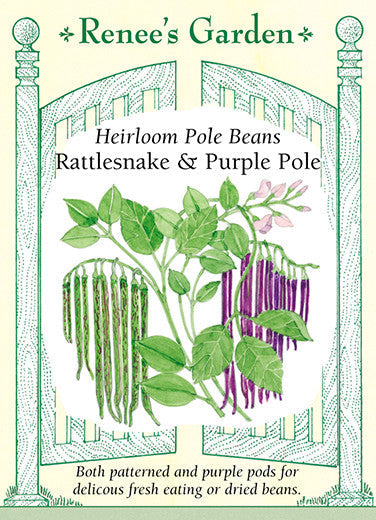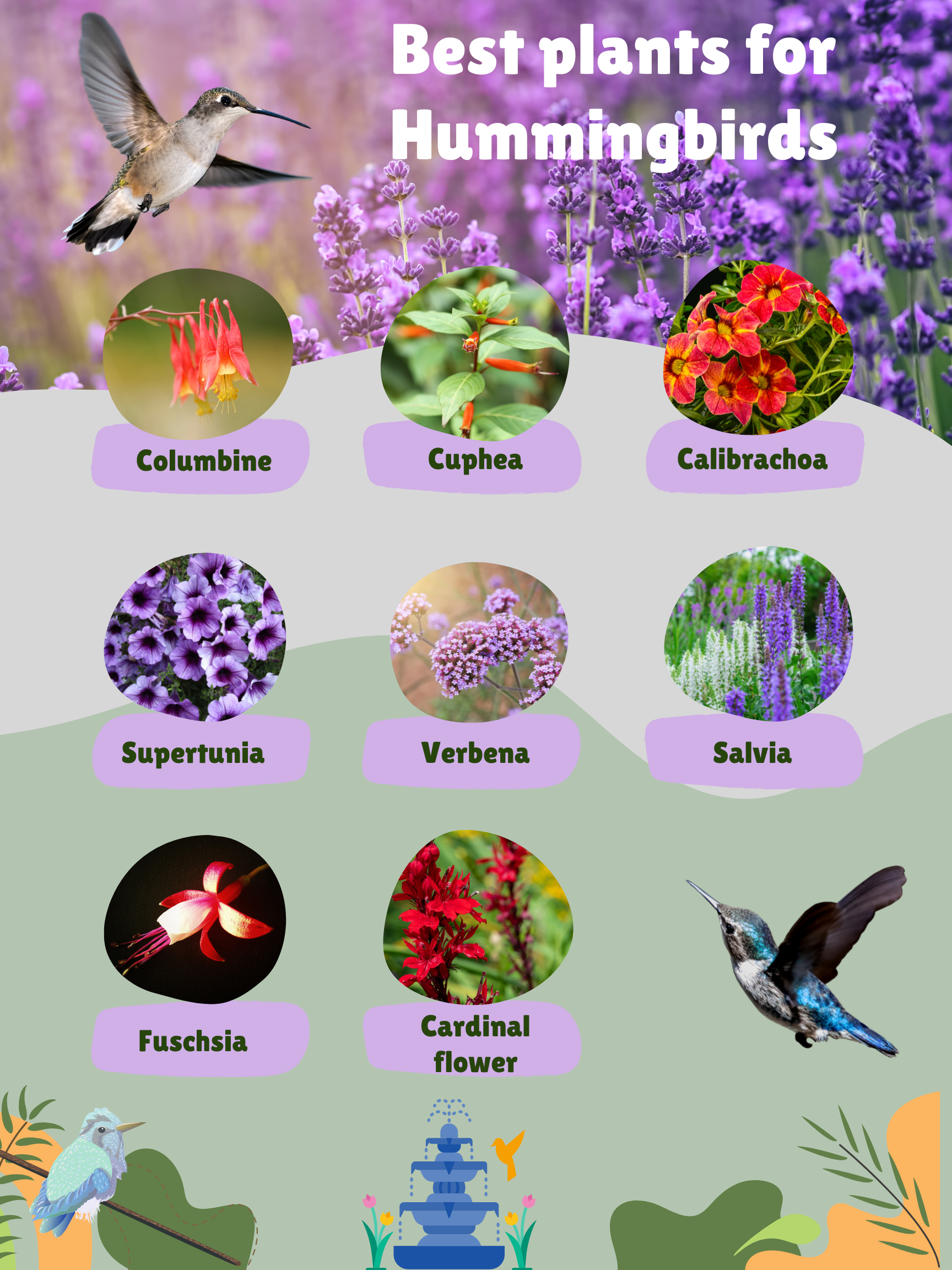Garden Plant Compatibility Chart: The Ultimate Guide To Growing A Healthy Productive Garden
Introduction
Growing a healthy and productive garden can be a rewarding experience, but it can also be challenging. One way to increase your chances of success is to use a garden plant compatibility chart. This type of chart shows which plants grow well together and which plants should be avoided planting near each other.
There are many different garden plant compatibility charts available online and in gardening books. Some charts are very detailed, while others are more general. The best chart for you will depend on the type of garden you are planning to grow and the specific plants you want to include.
In this blog post, we will discuss the benefits of using a garden plant compatibility chart, how to choose the right chart for your needs, and how to use a chart to plan your garden. We will also provide a list of some of the most popular garden plant compatibility charts available online.
Benefits of Using a Garden Plant Compatibility Chart
There are several benefits to using a garden plant compatibility chart. First, a chart can help you avoid planting incompatible plants near each other. This can help to prevent pests and diseases from spreading, and it can also help to improve the overall health and productivity of your garden.
Second, a chart can help you to maximize the space in your garden. By planting compatible plants together, you can create a more efficient use of space. This can be especially helpful if you have a small garden.
Third, a chart can help you to create a more visually appealing garden. By planting plants that complement each other, you can create a garden that is both beautiful and productive.
Choosing the Right Garden Plant Compatibility Chart
When choosing a garden plant compatibility chart, there are a few things you should keep in mind. First, consider the type of garden you are planning to grow. If you are growing a vegetable garden, you will need a different chart than if you are growing a flower garden.
Second, consider the specific plants you want to include in your garden. Some charts are more detailed than others, so you will need to find a chart that includes all of the plants you want to grow.
Finally, consider the level of detail you want in a chart. Some charts are very detailed, while others are more general. If you are a beginner gardener, you may want to choose a more general chart.
How to Use a Garden Plant Compatibility Chart
Once you have chosen a garden plant compatibility chart, you can use it to plan your garden. First, identify the plants you want to include in your garden. Then, look up each plant on the chart to see which plants are compatible with it.
Once you have identified the compatible plants, you can start to plan your garden layout. Be sure to consider the size and spacing requirements of each plant when planning your layout.
Popular Garden Plant Compatibility Charts
There are many different garden plant compatibility charts available online and in gardening books. Some of the most popular charts include:
- The Vegetable Garden Planner by Sunset

- The Gardener's Companion by Allan Armitage
- The New Victory Garden by Mel Bartholomew

- The Vegetable Gardener's Bible by Edward C. Smith

- The Garden Seed Inventory by Renee's Garden

Conclusion
Using a garden plant compatibility chart is a great way to improve the health and productivity of your garden. By choosing the right plants for your garden and planting them together, you can create a more efficient, beautiful, and productive garden.
Are you planning to plant a garden this year? If so, you need to know which plants are compatible with each other. A garden plant compatibility chart can help you choose the right plants for your garden and avoid problems like pests and diseases.
I've found a great garden plant compatibility chart at Garden Wiki. This chart lists hundreds of different plants and their compatibility with each other. You can also search the chart by plant type, sun exposure, and soil conditions.
FAQ of garden plant compatibility chart
- What is a garden plant compatibility chart?
A garden plant compatibility chart is a guide that shows which plants can be grown together in the same garden bed. It can help you to choose plants that will benefit each other, rather than competing for resources or attracting pests.
- What are the benefits of using a garden plant compatibility chart?
There are many benefits to using a garden plant compatibility chart, including:
* Increased productivity: By planting compatible plants together, you can help to improve their growth and yield.
* Reduced pest and disease problems: Some plants can help to repel or attract pests, which can help to keep your garden healthy.
* Enhanced pollination: Some plants attract pollinators, which can help to improve the pollination of your crops.
* Improved soil health: Some plants can help to improve the soil quality, which can benefit all of the plants in your garden.
- How do I use a garden plant compatibility chart?
To use a garden plant compatibility chart, first identify the plants that you want to grow in your garden. Then, consult the chart to see which plants are compatible with each other. You can also use the chart to identify plants that will help to repel or attract pests, or that will improve the soil quality.
- Where can I find a garden plant compatibility chart?
There are many different garden plant compatibility charts available online and in print. You can also find charts that are specific to certain types of plants, such as vegetables, flowers, or herbs.
- What are some common mistakes people make when using garden plant compatibility charts?
Some common mistakes people make when using garden plant compatibility charts include:
* Not considering the size of the plants: Some plants grow much larger than others, and it is important to make sure that you have enough space for them to grow.
* Not considering the sunlight requirements of the plants: Some plants need full sun, while others prefer partial shade.
* Not considering the water requirements of the plants: Some plants need more water than others.
- What are some tips for using garden plant compatibility charts?
Here are some tips for using garden plant compatibility charts:
* Read the chart carefully and understand the symbols used.
* Consider the size, sunlight requirements, and water requirements of the plants.
* Experiment with different combinations of plants.
* Be patient and observe your garden closely.
Image of garden plant compatibility chart
10 different images of garden plant compatibility charts that are free to use:
This chart shows which annuals and perennials can be planted together. It includes information on the sun exposure, soil type, and water needs of each plant.
This chart shows which edible plants can be planted together. It includes information on the sun exposure, soil type, and water needs of each plant.
This chart shows which herbs can be planted together. It includes information on the sun exposure, soil type, and water needs of each plant.
This chart shows which shrubs can be planted together. It includes information on the sun exposure, soil type, and water needs of each plant.
This chart shows which trees can be planted together. It includes information on the sun exposure, soil type, and water needs of each plant.
This chart shows which shade-loving plants can be planted together. It includes information on the sun exposure, soil type, and water needs of each plant.
This chart shows which drought-tolerant plants can be planted together. It includes information on the sun exposure, soil type, and water needs of each plant.
This chart shows which plants attract beneficial insects. These insects can help to control pests in your garden.
This chart shows which plants attract pollinators. These insects are important for pollination, which is essential for plant reproduction.
This chart shows which plants attract hummingbirds. These birds are important pollinators and can add beauty to your garden.




Post a Comment for "Garden Plant Compatibility Chart: The Ultimate Guide To Growing A Healthy Productive Garden"